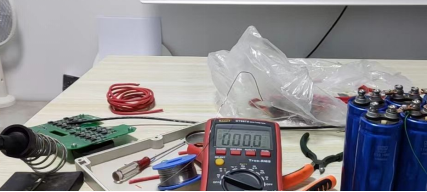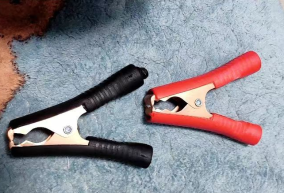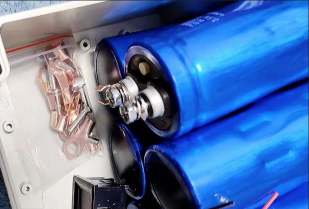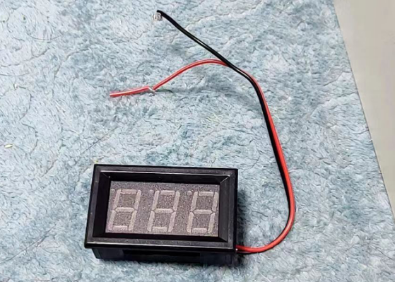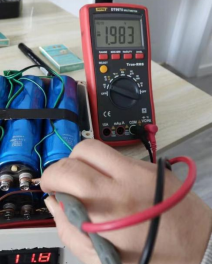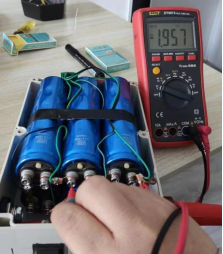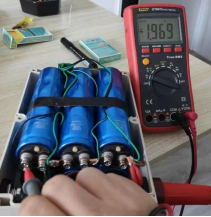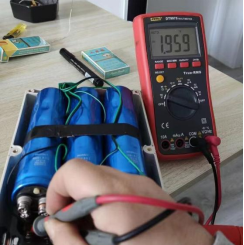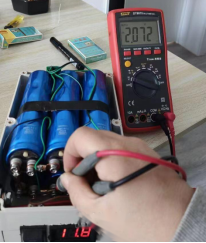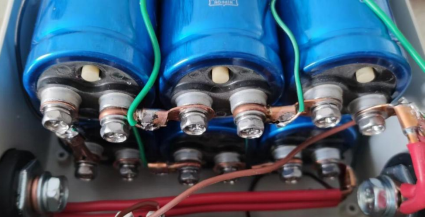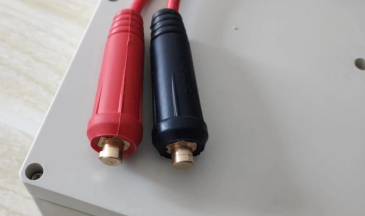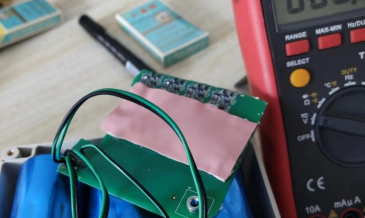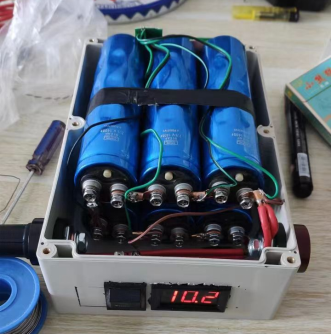
Would you like to upgrade your IMPRES charger with battery reader functionality?
In winter, when the temperature drops below -30 degrees Celsius, many cars struggle to start. If you want to avoid this problem, you can DIY your own device that is easy to use and will help you start your car during the winter months. The exterior modification may be a bit complicated, but you will need the following materials:
①DLcap 2.5v 1400f capacitors x 6, size 40*150mm
②1 Maxwell voltage equalization board (cut into 6 sets and modified to 2.4v to activate voltage equalization protection)
③Enclosure (24016090mm)
④10 x 20A wire connectors
⑤1 switch
⑥1 meter of 4 square BV copper wire
⑦1 pair of battery clips
⑧1 pair of 10-25 welding quick connectors
⑨1 meter of 10² soft silicone wire.
After assembling all the materials, measure the voltage of each set of capacitors, which should be around 2V with a deviation of 0.1V. Charge the capacitors using a 12V computer power supply.
After a test in temperatures of 6°C for 3-5 days, the capacitors can start the vehicle with a voltage of around 12V (charging takes about 2 minutes). The starting power is not as strong as a battery, but it works well as a backup during winter. The super capacitor can start the vehicle with a current of approximately 120A. The vehicle model used was a BYD F32015 with a starter motor power of 1.2KW. Unfortunately, the voltage meter was not clear in the video due to a forgotten adjustment of the parameters.
When connecting the Maxwell voltage equalization board, use a multimeter to find the relevant pins on the board. The voltage equalization board is a passive protection method, and it will activate voltage equalization mode at 2.8V without changing the voltage. This board should be used with the original charger to control the charging voltage. R16/17/18 are the equalization board protection output signals. The capacitors are 2.5V, so it is important to ensure their consistency to avoid some capacitors having high voltage and others having low voltage. The balancing circuit for overvoltage capacitors can work normally, and MOSFET Q4 will generate heat, but the voltage will still be in an upward trend. In emergency situations, the device can still be used to start the vehicle without significant impact.
The technical information for modifying the Maxwell voltage equalization board to balance voltage is as follows: The main changes involve the R18a/b/c...R resistor parameters. The voltage at the midpoint between R18a (20k resistance with 30c marking) and R21a (115k resistance with 07d marking) is connected to the U1 (A-R) protection voltage sampling IC. Adjust R18 parameters according to the formula Vout = (R18+R21)*2.5/R21. Above are all the materials and circuit modification information needed to make a capacitor starter.
You can try making it yourself and see the results.
